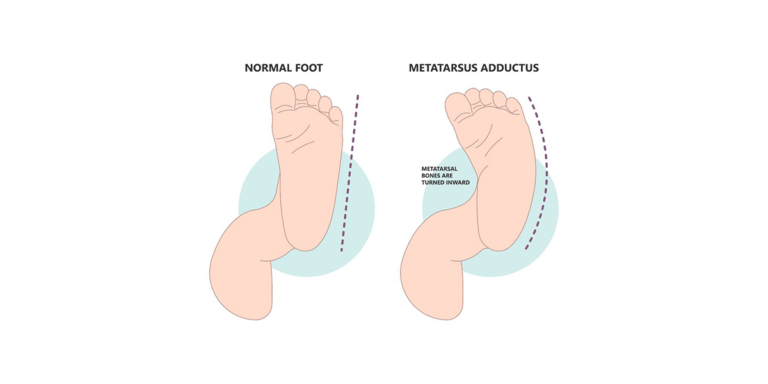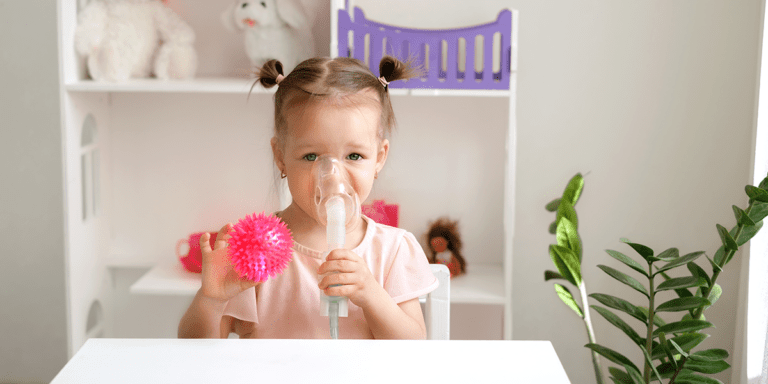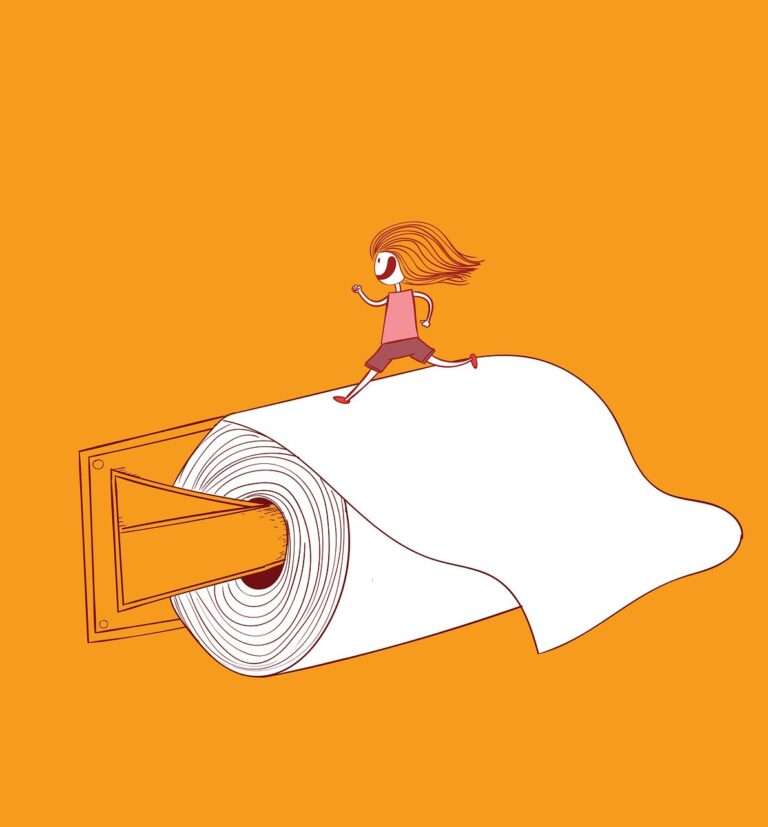The Essentials 6 Stages of Concussion Recovery Explained
- Dr Owais Rafiq
- October 19, 2024
- 8:11 pm

A concussion is a type of head injury that your child gets when some external physical forces act on his or her head. One of these factors is a strong external impact, such as a punch or falling. This kind of pressure causes the brain to jerk back and forth heavily, making the brain tissues stretch and significantly reducing the brain’s normal capacity, function-wise.
The healing practice of concussion shows a major difference in the outcome for different individuals. There are children who, within days after suffering the injury, can return to performing the activities that they were doing before the head trauma. At the same time, some contend with both physical and psychological issues months or even years later. For those patients who still experience the onset of symptoms, recovery will take even longer.

Causes
Due to the rapid movement of the brain inside the skull, these events can impair brain function and may cause a concussion.
- Falls
- Car accidents
- Sports injuries
- Physical altercations
- Abrupt shocks to the head or body
Sport-related concussions have become more problematic than ever, especially in contact sporting activities like hockey, football, and soccer. An athlete can get a concussion when engaged in these activities.

Symptoms
Minor to severe symptoms caused by a concussion include:
- Headache
- Nausea
- Dizziness
- Blurred vision
- Memory loss
- Light or sound sensitivity
Your child may also experience balance problems, coordination problems, and a shaky gait.
In some cases, symptoms may appear immediately, while in others, they may take hours to appear.

The Six Stages of Concussion Recovery
Concussions can be challenging to treat because no medication can bring your child’s body back to how it was before the injury.
The return to optimal health after a concussion spans six stages of recovery, each with its own requirements and problems. Knowing these phases would enable both patients and caregivers to manage the recovery period comfortably and guarantee injury clearance.
Professional supervision is required during these periods to ensure a safe and successful return to routine activities.
Stage 1: The Acute phase
The first stage of concussion recovery, the Acute Injury Phase, may continue for up to 72 hours following the injury. To allow the brain to begin healing, the top goals at this time are rest and reducing physical and emotional stress. Reducing mental-intensive activities, such as screen time and tough physical activities, can help prevent symptoms from worsening.
Monitoring symptoms throughout this acute phase makes it easier to decide whether any quick medical attention is necessary. Because they set the stage for the rest of the process, rest and symptom management must be given top priority.
Additionally, patients should not take any medications, including painkillers, or drink alcohol without a doctor’s permission.
Stage 2: The Physical rest phase
Physical rest is crucial during the first week after a concussion. To manage symptoms and prevent a prolonged recovery. Sleeping and adhering to a regular sleep schedule is also essential for healing. Despite the contrary belief that it could do more harm, sleep helps the brain heal from a concussion.
The severity of the concussion often dictates the duration and complexity of this recovery phase. If people get enough sleep and manage their symptoms, sometimes with medication, they can return to their normal activities in a couple of weeks. Regular medical visits are essential for tracking development and adjusting the concussion recovery plan.
Stage 3: The observation phase
In order to assess the level of healing and modify the treatment plan, the observation period is essential. Patients who lead active lives will find it challenging for them to do nothing while they are at rest. After a while, they’ll feel as though everything has settled down and they can resume their work, workouts, travel plans, etc. Even if that would be good news, people should still get the all-clear from their doctor.
There is also a chance of post-concussion syndrome. If the symptoms persist months after the accident, that is a warning sign. Patients will see their doctors more often and make every effort to control their symptoms after being diagnosed with post-concussion syndrome.
Children typically require more time to fully recover because of their developing brains.
Stage 4: The gradual rise in activity
Gradually, activities can be resumed as symptoms reduce. This stage involves closely evaluating symptoms and progress to determine when and how to increase activity levels. Low-impact workouts and light physical activity may be suggested, but excessive exertion should be avoided to prevent obstacles. Having a network of supportive friends and family is crucial at this stage.
Depending on the patient’s particular symptoms and stage of development, doctors often recommend a customized strategy. Activities should be done carefully and gradually to avoid overwhelming the person and to deal with any reappearance of symptoms as soon as possible.
Stage 5: The rehabilitation and therapy activity
Rehabilitation and therapy for brain injuries are crucial ways to treat chronic concussion symptoms. This stage may include customized treatments like cognitive rehabilitation, physical therapy, and memory training. Active engagement and regular attendance during therapy sessions are key to development and recovery.
The goal is to gradually restore brain and bodily function without worsening traumatic brain injury. As a result, it could take a while for a patient to start running, playing sports, and engaging in other physical activities again. In addition, symptoms may appear hours after an activity.
Having symptoms after therapy is a natural part of healing, not a setback. Real-world situations regularly challenge the efficacy of rehabilitation, requiring continued care for complete recovery. Continuing the treatment plan and maintaining regular therapy sessions significantly enhances healing.
Stage 6: The transition to a normal life
The final stage of healing involves transitioning to life as it was before the injury, but with careful supervision to avoid going excessive. As symptoms reduce, your child can progressively resume their normal activities, following their doctor’s guidance to prevent things from getting worse. Patients may need to return to Stage 4 if issues persist.
During this phase, people may engage in additional therapies, including neurofeedback, psychotherapy, and cognitive exercises, to address any remaining issues and ensure full recovery in the healing process. Avoiding overexertion and gradually resuming activities are recommended for a smooth return to normal routine. A proper diagnosis and comprehensive care are essential for recovery and avoiding a major reduction in the child’s quality of life.
Dr Owais Rafiq
Subscribe to Dr Owais YouTube channel
For parenting advice, child health, symptoms, causes and treatment of illness in children.





